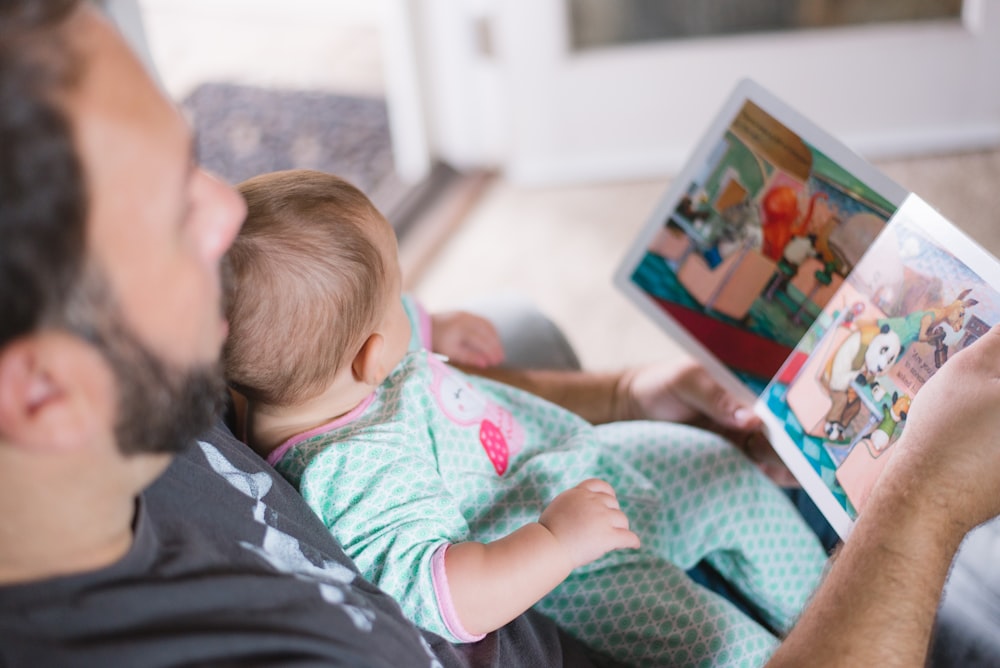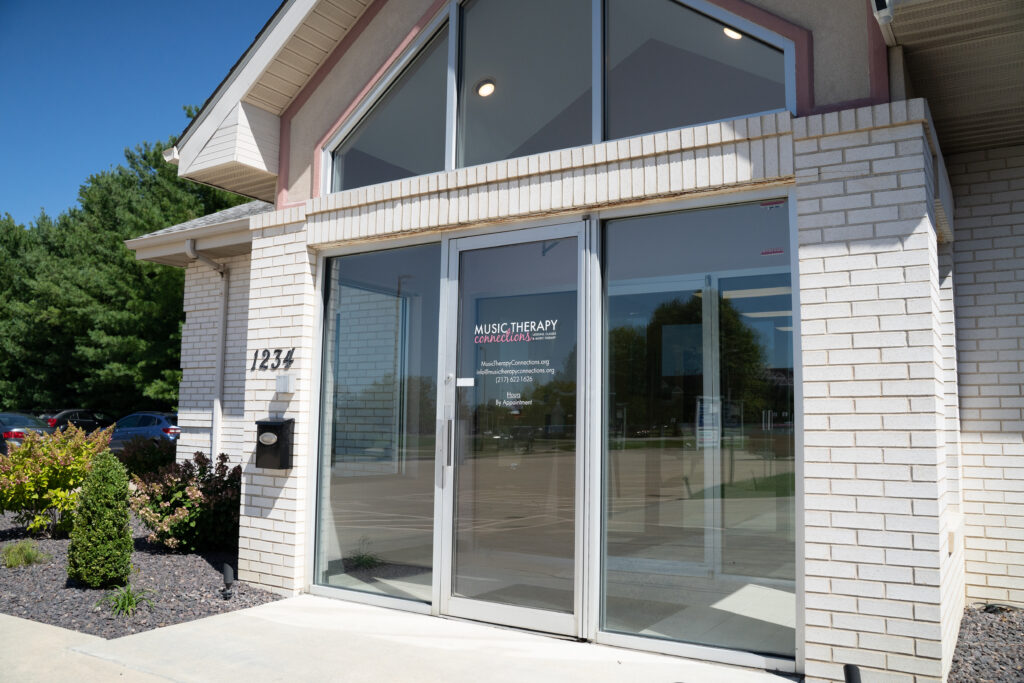One of of the most frequently asked questions I receive when people ask me about music therapy is, Okay, I understand that you use music to help people, but what does that actually look like? I always reply, It depends on the specific goal(s) that I am addressing.
Goals within a music therapy context can be defined by the following:
- Goals areas are determined by determining each client’s strengths and areas of need, including: how the individual moves, communicates, interacts with others, regulates their emotions, processes information, and copes with a medical condition.
- Goals are individualized. Goals are created to address an individual’s unique sets of needs and strengths.
- Goals can be long term or short term. Examples of short term goals may include decreasing signs of distress (i.e. crying) in a premature infant, while an example of a long term goal might include increasing a client’s perceived self esteem over time.
Now that you know several components of goals, allow me to share how I might address various goals in some of the different groups that Music Therapy Connections serves:
Early Childhood
A goal area may include increasing vocal noises.
This goal is important because increasing vocalization is an important pre-language skill for very young children.
A music therapist may compose a song that encourages early childhood children to produce the “ma” sound within the song.
School-Aged Children
A goal area may include increasing the skill of following directions
This goal is important because following directions is an important skill for children to master in situations where safety directions need to be followed quickly.
A music therapist may instruct children to play instruments when they hear the word “go” and stop playing when they hear the word “stop”.
Older Adults
A goal area may include increasing social interaction.
This goal is important because it is important for older adults to maintain meaningful relationships as their social circle decreases over time.
A music therapist may sing a familiar song to the individual while instructing the older adult’s caregiver to hold the individual’s hand for the duration of the song.
If you’ve ever had questions about what music therapy looks like, I hope that you found this information helpful! The amazing thing about music therapy is that it can benefit anyone because everyone has different strengths and needs.
In the upcoming week, I hope to share some of my own personal goals and my progress towards them. Thanks for reading! If you know a loved one who may benefit from music therapy or if you want to know more, email us at info@musictherapyconnections.org. You can also register for services or music lessons below!




